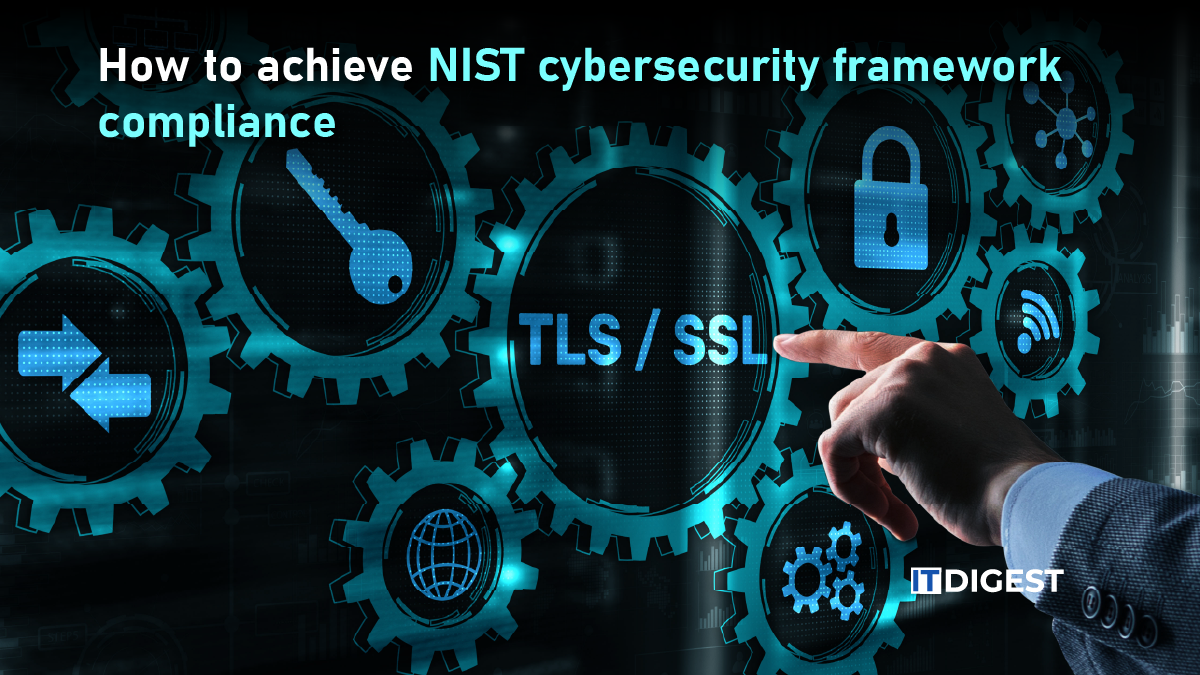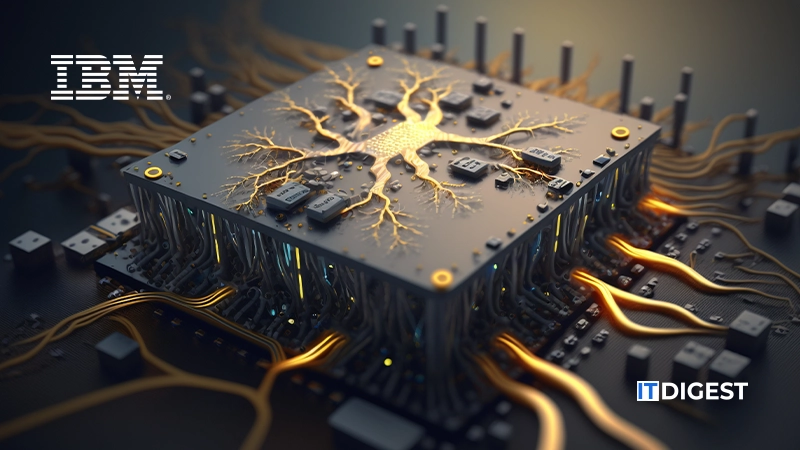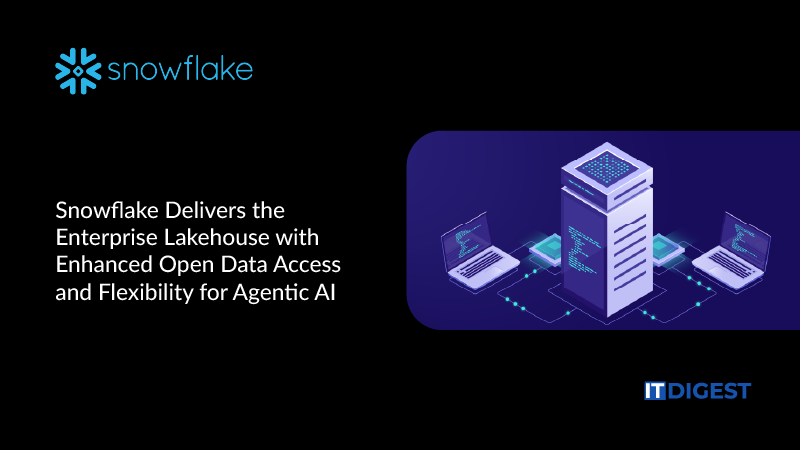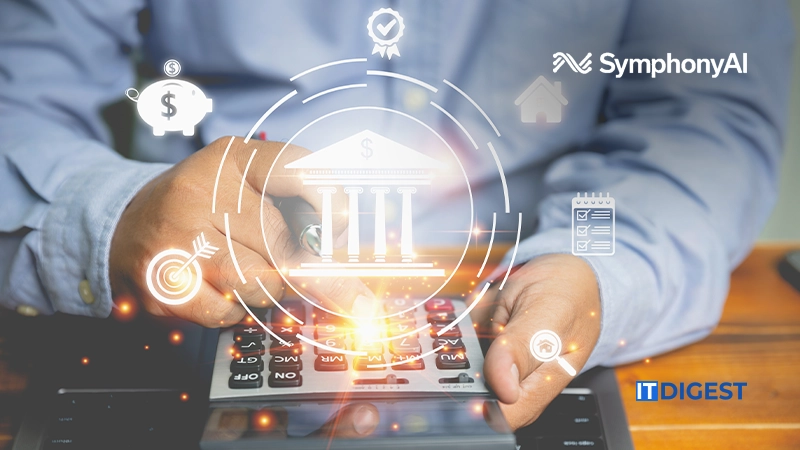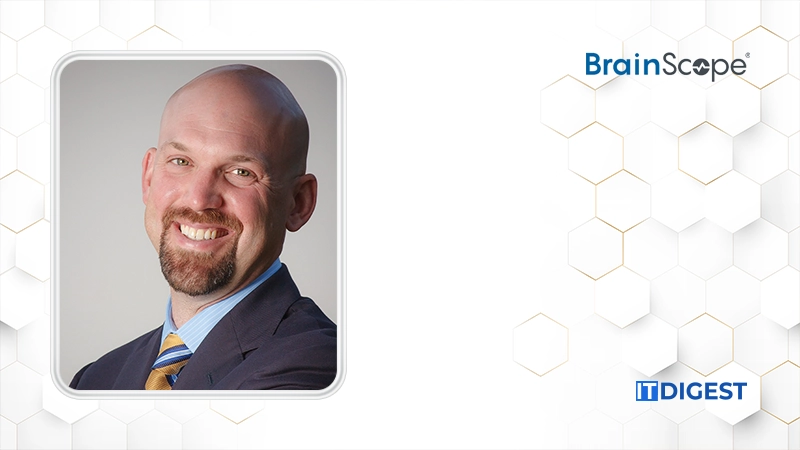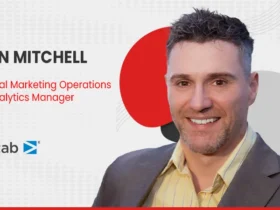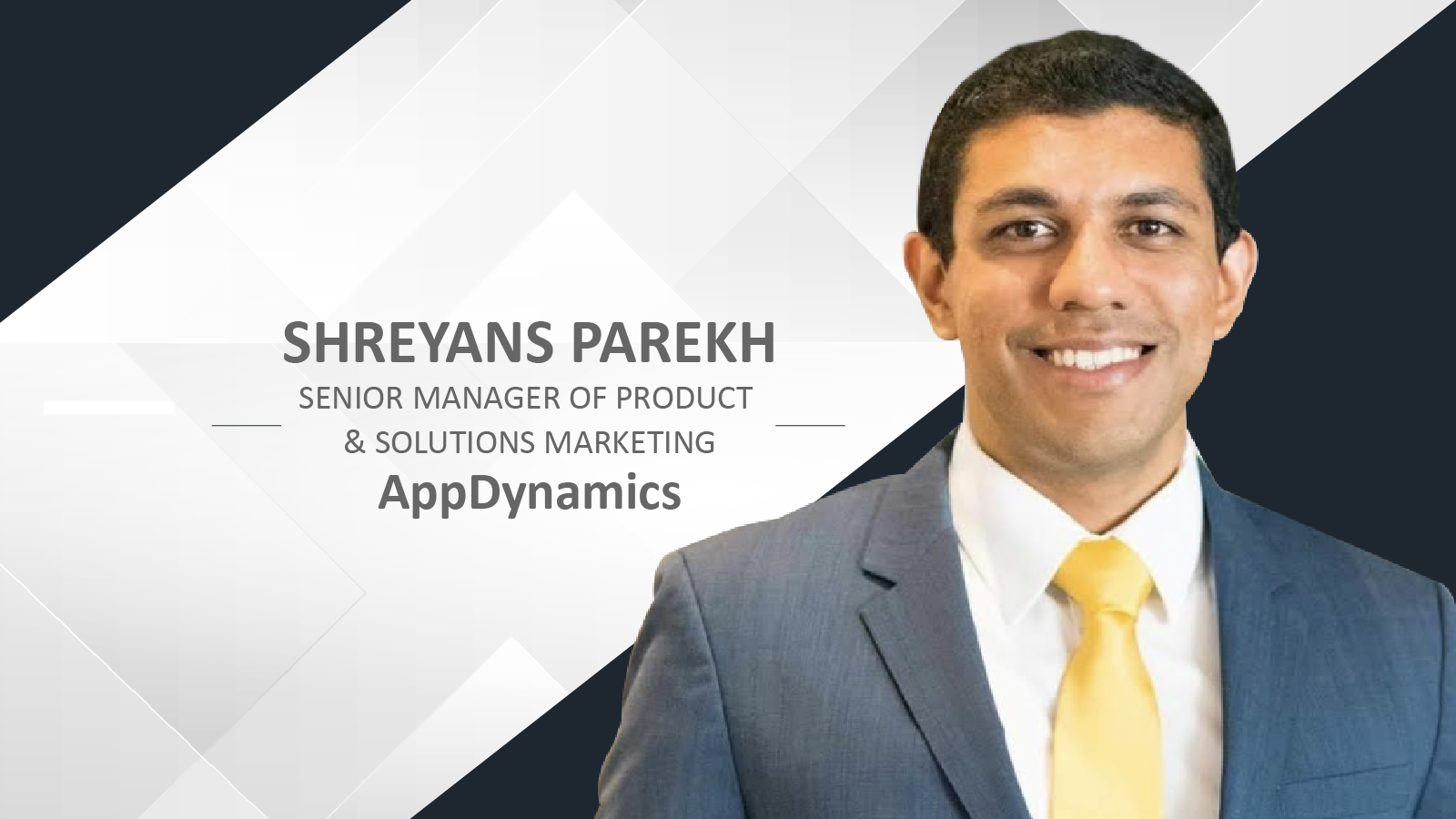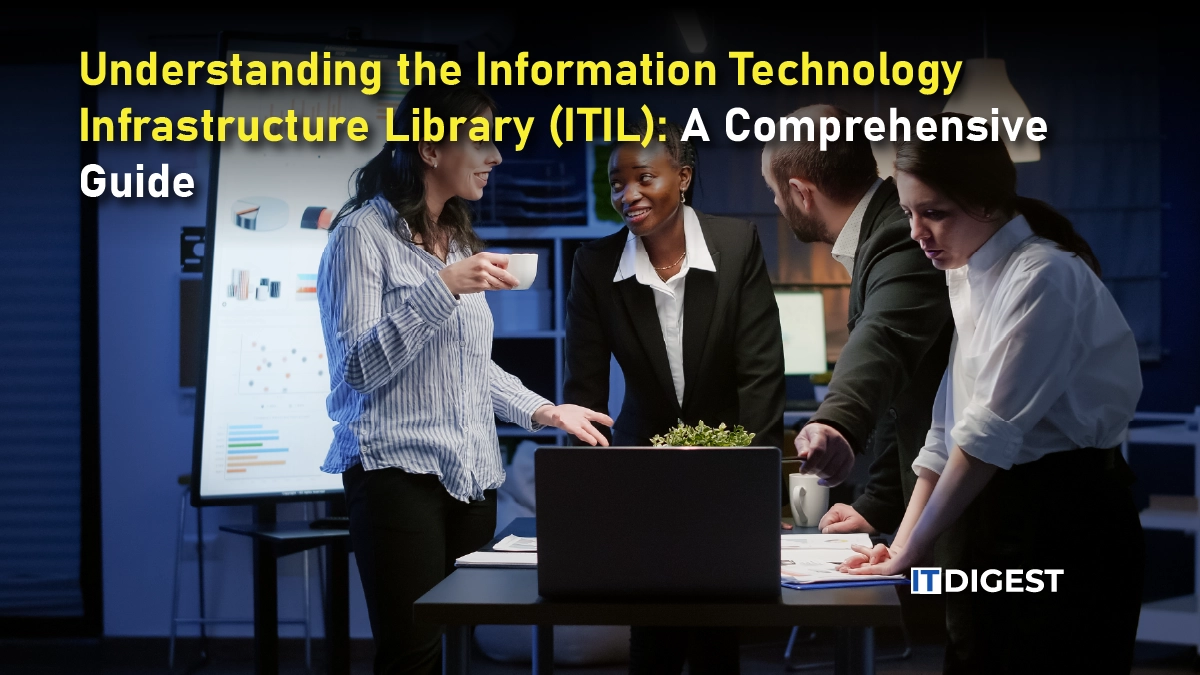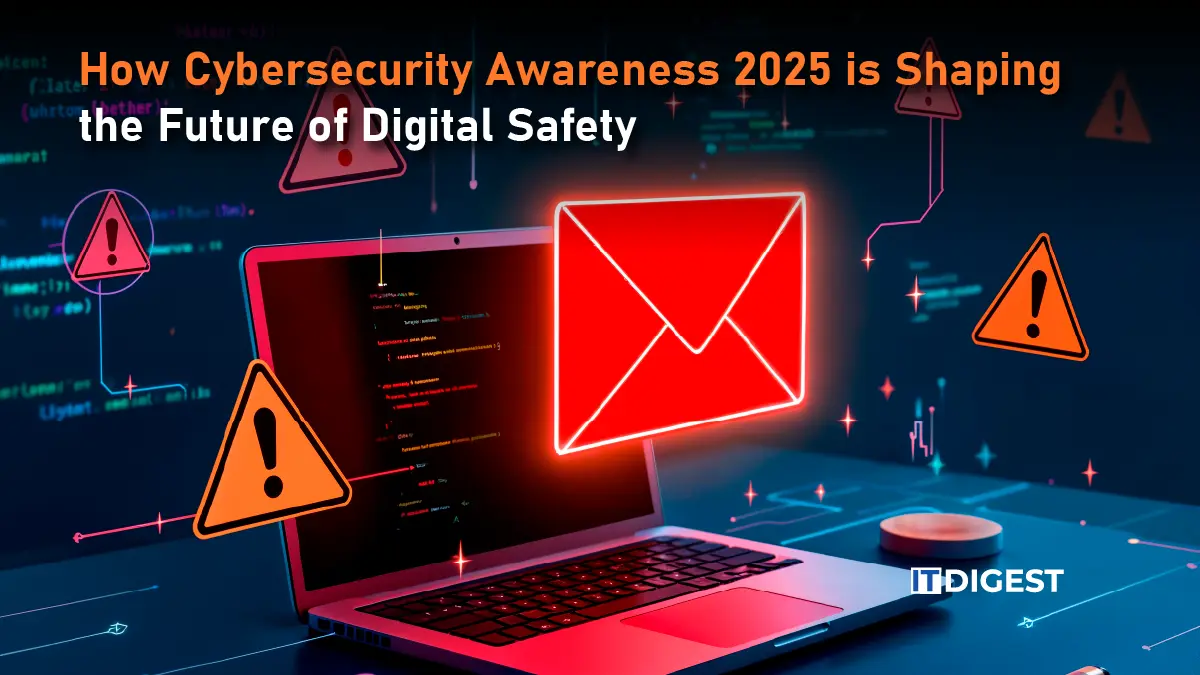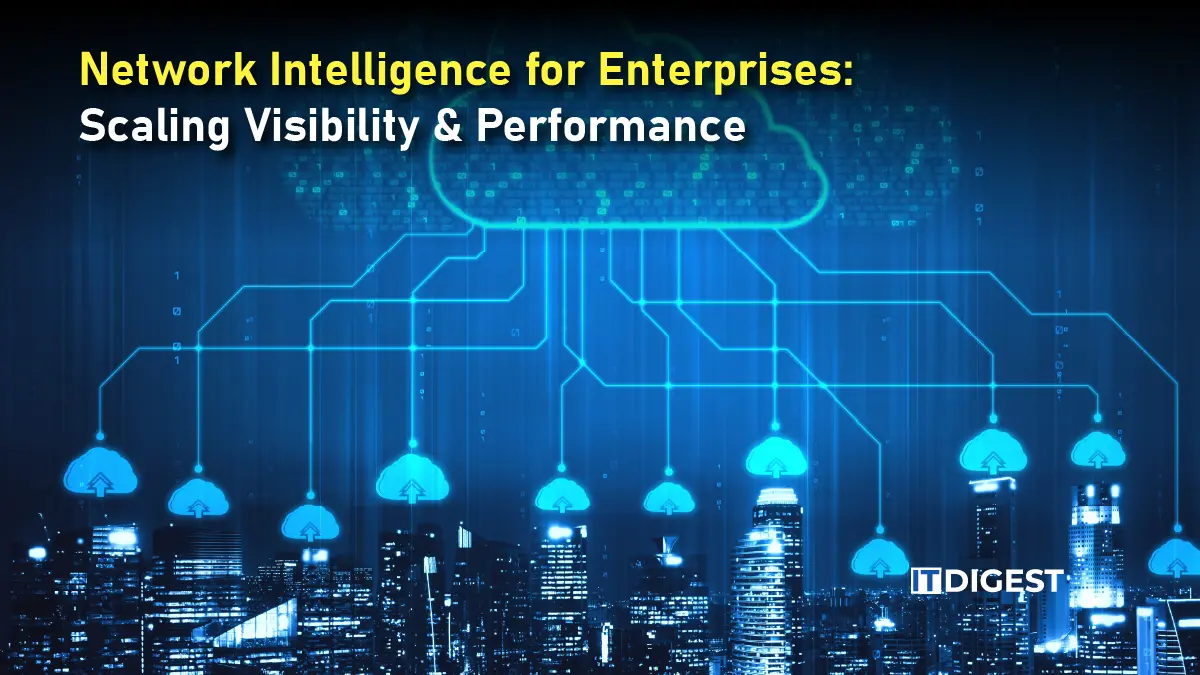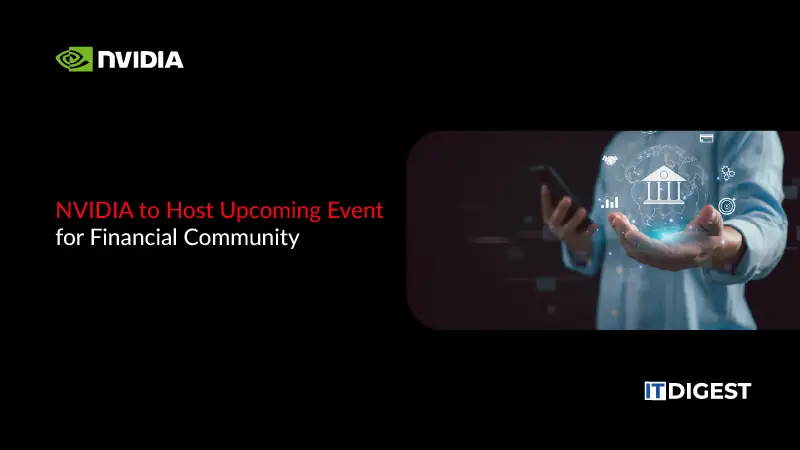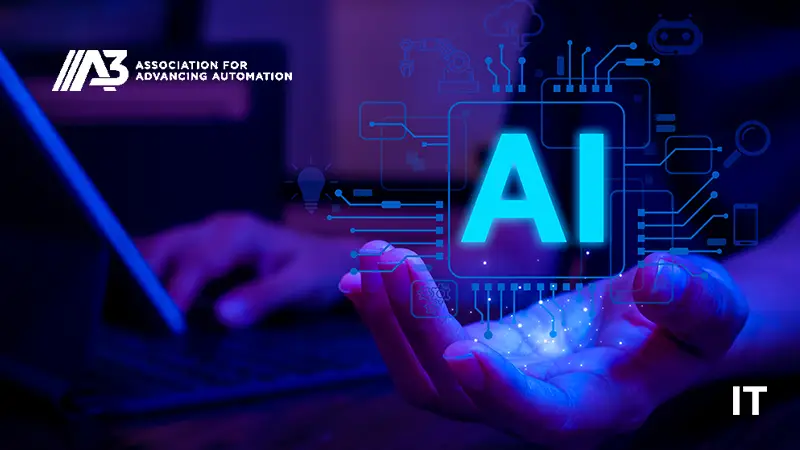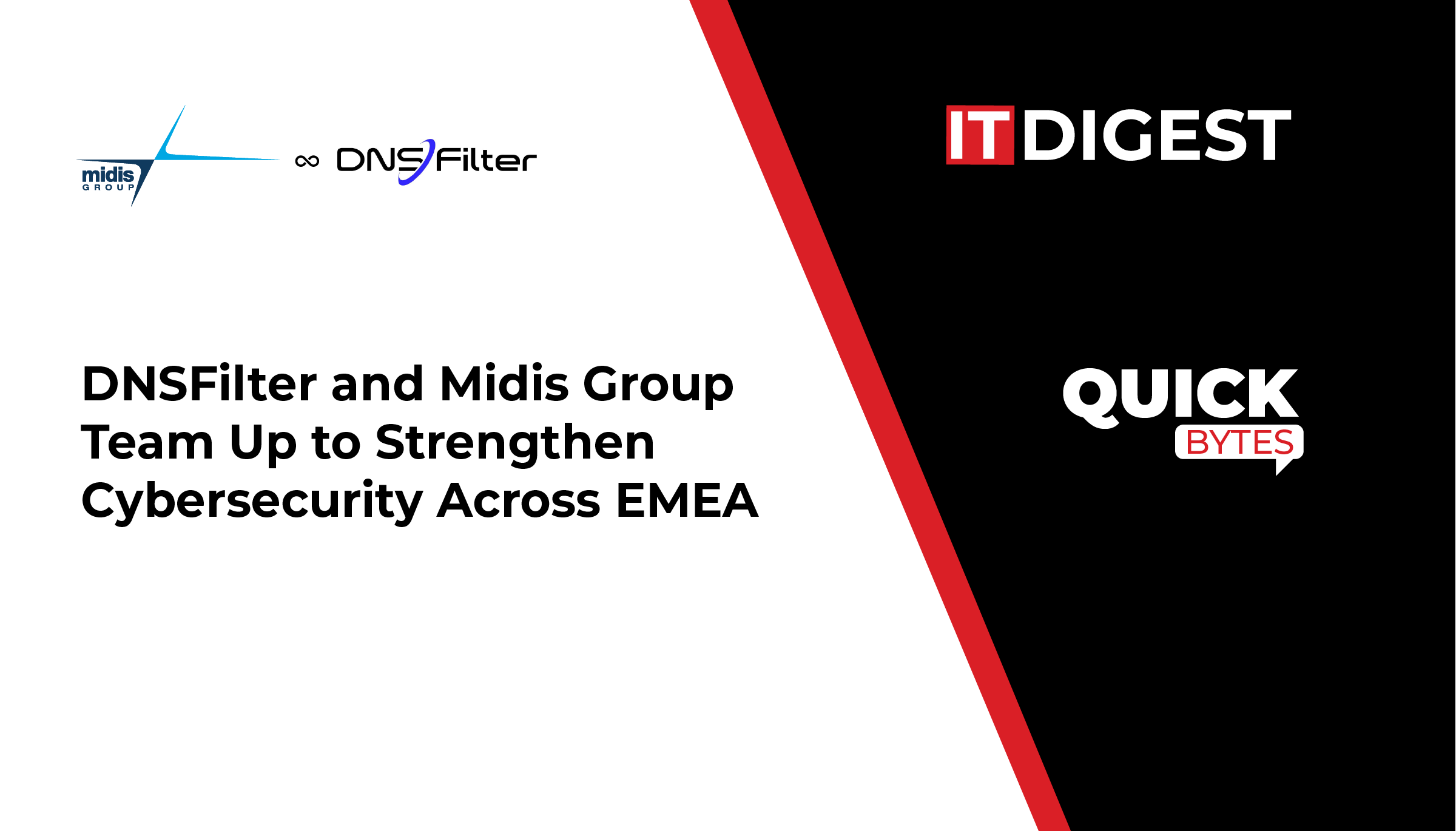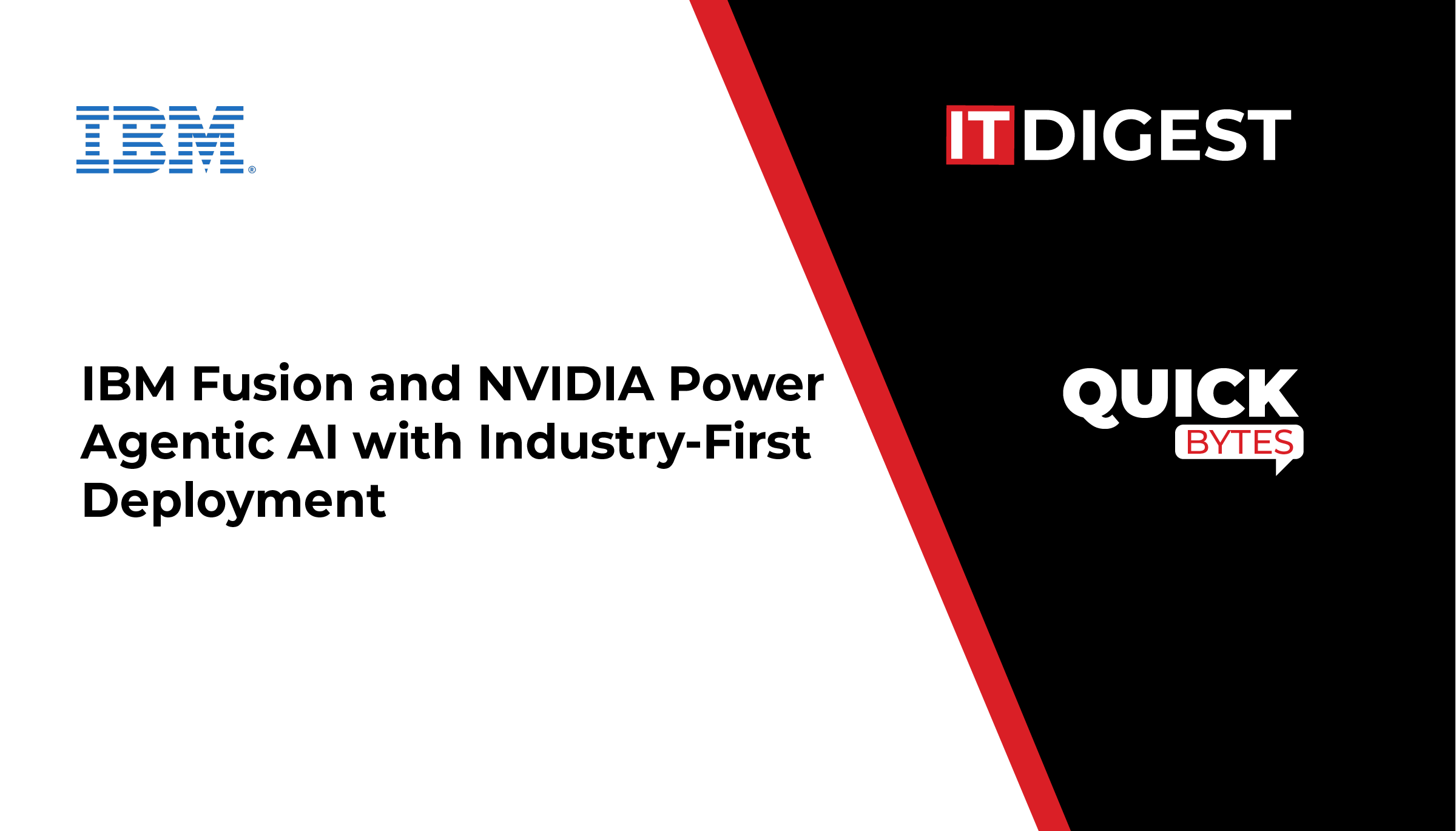How can a company be fully compliant and still get breached the next day? That’s the riddle haunting today’s cybersecurity world. Compliance, once meant to be a shield, has quietly turned into a checkbox exercise that looks good on paper but fails in practice. Organizations pass audits, collect certificates, and still end up on the breach list.
The NIST cybersecurity framework 2.0 was built to fix exactly that. It redefines compliance as a living, risk-based strategy, not a static obligation. Its six functions, Govern, Identify, Protect, Detect, Respond, and Recover, turn security from a side project into a core business process that builds verifiable Digital Trust.
And here’s the wake-up call. Sixty-six percent of organizations expect AI to reshape cybersecurity in the coming year, yet only 37 percent have any process to test or secure those AI tools before deployment. Compliance alone will not save them. Transformation will.
The Foundation of Compliance Begins with Govern
The biggest shift in NIST cybersecurity framework 2.0 isn’t technical, it’s cultural. For years, companies treated cybersecurity like an IT chore. CSF 2.0 flipped that script by putting Govern at the top, making it clear that cybersecurity decisions are business decisions. When security leaders sit at the same table as the CFO and CEO, risk stops being an afterthought and becomes part of enterprise strategy.
CISA’s latest Cybersecurity Performance Goals Adoption Report makes that shift hard to ignore. Between August 2022 and August 2024, 7,791 critical infrastructure organizations joined its vulnerability scanning program. That surge shows how the conversation is moving from ‘Do we have controls?’ to ‘Do we understand our exposure?’ This is what mature governance looks like, knowing exactly what you’re willing to risk and why.
To make that real, boards and CISOs have to define the company’s risk appetite. It’s not a vague statement buried in policy slides. It’s a living boundary that guides tactical teams when trade-offs hit. Once that appetite is set, organizations use the CSF Profile model to stay honest about progress. The Current Profile shows where you stand; the Target Profile defines where you need to be.
Compliance isn’t a finish line anymore, it’s a moving target. The companies that get ‘Govern’ right don’t just tick boxes, they build digital trust that investors, regulators, and customers can measure. That’s the new foundation of real cybersecurity maturity.
The Strategic Functions of Identify and Protect
Cybersecurity starts to take shape when an organization knows what truly matters and how to guard it. The Identify and Protect functions in the NIST cybersecurity framework are not about listing devices or ticking policy boxes. They are about seeing your business through a risk lens and defending what keeps it alive.
Identify: Knowing Your Crown Jewels
Every organization has assets that can stop the business cold if they fail. Critical Service Mapping is how you spot them. Instead of tracking every server or laptop, link assets to the business processes they power. If that process breaks, what is the cost, downtime, or regulatory hit? That clarity turns asset management from a technical list into a strategic map.
Next comes Supply Chain Risk Management. In a connected world, your weakest link might not be in your building at all. Compliance is a term that refers to the ongoing evaluation of third-party vendors, not just the annual audits. Setting the same cybersecurity standards for suppliers as yours means that trust can be quantified throughout the whole ecosystem.
Protect: Implementing Contextual Safeguards
Once you know what matters, you protect it with precision. The Access Control category comes alive through a Zero Trust mindset. That means giving every identity the least privilege possible and verifying access every time, no exceptions. This is not paranoia; it is business continuity.
But technology alone does not build trust. People do. Human-Centric Security turns awareness into behavior. Forget those yearly training videos everyone clicks through. Instead, create role-specific training and run tailored phishing simulations that test, teach, and evolve employee response in real time.
Even major players like AWS are realigning to this philosophy. Their 2025 whitepaper, aligning to the NIST cybersecurity framework in the AWS Cloud, now reflects CSF 2.0’s new Govern function. It signals a broader shift where compliance is not about passing audits but about building a security posture that scales with risk.
The takeaway is simple. You cannot protect what you do not truly understand, and you cannot earn digital trust without proving you can defend it.
Also Read: How Cybersecurity Awareness 2025 is Shaping the Future of Digital Safety
The Operational Functions of Detect and Respond
Once the groundwork of governance and protection is set, cybersecurity moves into motion. The Detect and Respond functions define how fast and how well an organization can spot and contain trouble before it turns into chaos.
Detect: Shifting from Alerts to Insights
The old model of reacting to every ping or pop-up is dead. Modern detection is about precision. It starts with creating baselines for all critical systems so that any deviation stands out immediately. When behavior drifts from that baseline, it is not just another alert, it is a signal that something is off and worth investigating. That shift from noise to insight keeps teams focused and fatigue-free.
Security Monitoring Integration expands this approach across every layer of the modern environment. It is not enough to monitor on-prem systems anymore. Compliance now demands coverage across hybrid cloud setups and operational technology. Microsoft’s Digital Defense Report 2025 makes that urgency clear. The United States, United Kingdom, Israel, and Germany saw the highest number of customer-targeted malicious activities. That scale of threat shows why proactive, unified monitoring is not optional but essential.
Respond: Minimizing Impact and Restoring Trust
When an incident hit, the difference between chaos and control comes down to readiness. Response Planning only works when it is tested. That means running quarterly tabletop exercises with leaders from every major business unit, not just IT. The exercise is the real audit. It proves whether people, processes, and decisions hold up under pressure.
Structured Communication is the second piece. It defines who says what, when, and to whom long before a breach occurs. A prebuilt communication matrix can prevent regulatory panic and rebuild trust faster with customers.
IBM’s Cost of a Data Breach Report 2025 drives this home. The global average breach cost fell to 4.44 million dollars, yet in the United States it climbed to 10.22 million per incident. Even more alarming, 97 percent of organizations hit by AI-related security incidents lacked proper AI access controls. Another 13 percent saw breaches targeting AI models or applications. The message is clear. Response is not a plan on paper, it is a muscle that has to be trained.
The Resilience Function of Recover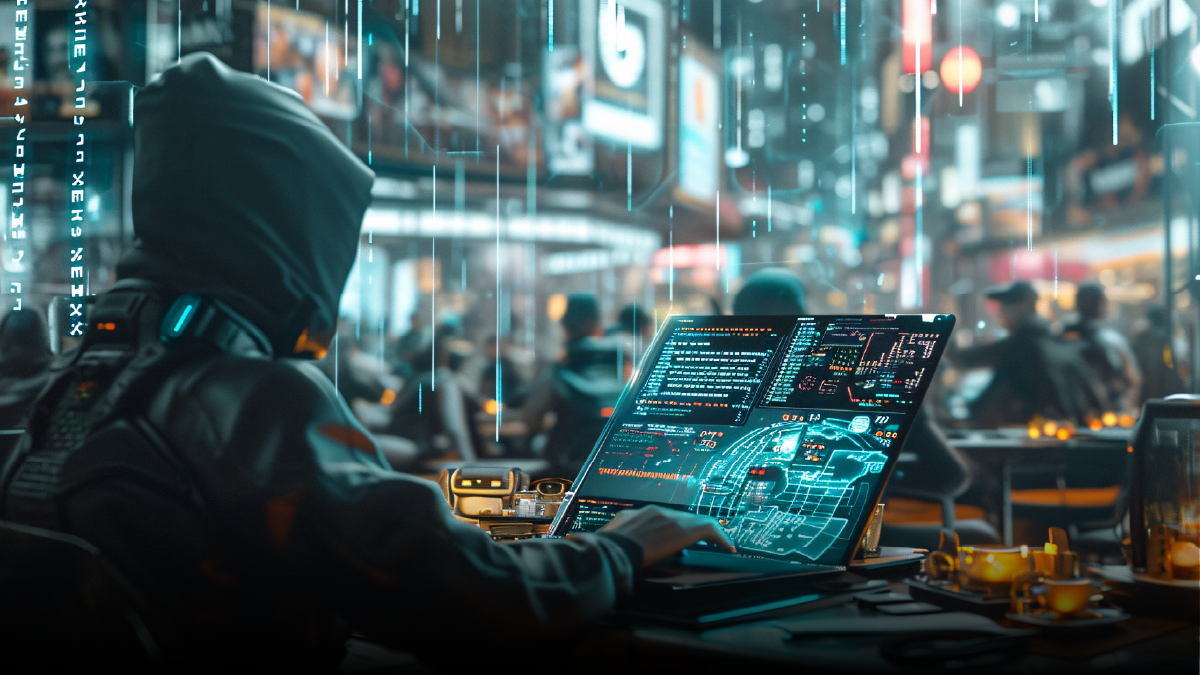
Recovery is where all the talk about compliance either proves itself or collapses. It is not about restoring files or rebooting servers, it is about bringing the business back to life fast enough that customers barely notice the hit. Real resilience is measured by how quickly confidence returns, not just systems.
The strongest organizations don’t treat recovery as an afterthought. They build it into their daily rhythm. Every business function should be ranked by how critical it is to survival. The ones that keep the lights on and the cash moving need the fastest recovery time. That is what separates risk management from risk theater. When the top priorities are protected and ready to bounce back, the rest falls into place.
But here’s the real game changer. After every incident or simulation, the smart teams don’t just pat themselves on the back. They dissect what went wrong, fix what failed, and feed that knowledge straight back into their governance and identification processes. It’s a living loop of improvement that never pauses.
This is where compliance becomes muscle memory. Not a checklist, not a quarterly report, but an ongoing cycle of learning, adapting, and hardening. That is what turns the NIST cybersecurity framework from theory into a trust engine. Recovery isn’t the end of the crisis, it’s the start of getting better. Every time.
Sustaining Adaptive Digital Trust
The real shift is simple but massive. Compliance is no longer a finish line, it is a moving target. The NIST cybersecurity framework makes that clear. At its highest maturity, Tier 4, organizations operate in a state of continuous adaptation where governance drives every decision. Cybersecurity is no longer an IT concern parked in a corner, it is a boardroom function shaping how the business earns and protects trust.
Leaders who continue to consider compliance as a sunk cost are overlooking the main idea. The framework is not a mere box-ticking exercise, but rather a blueprint for resilience, credibility, and competitive advantage. Each function like Govern, Identify, Protect, Detect, Respond, and Recover contributes to the same result which is visible and verifiable trust.
The companies that win the next decade will be the ones that do not just follow compliance but live it, proving through action that digital trust is their strongest currency.




